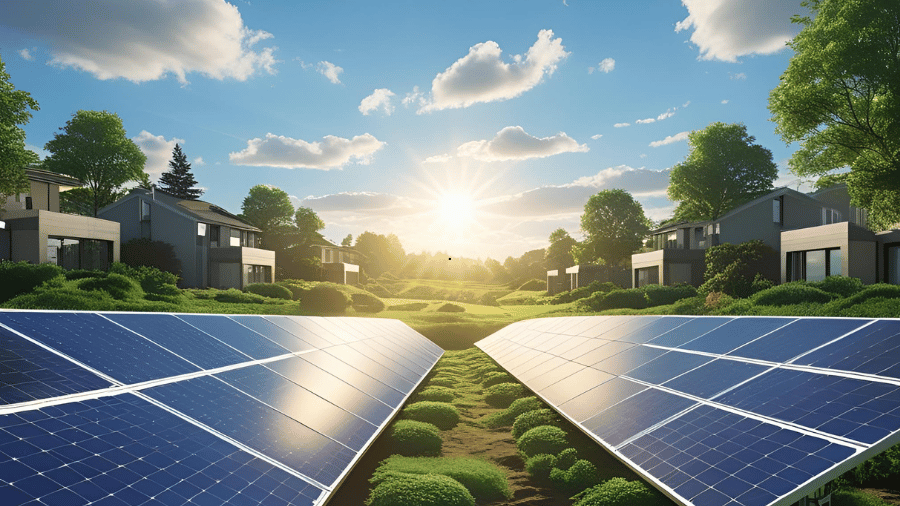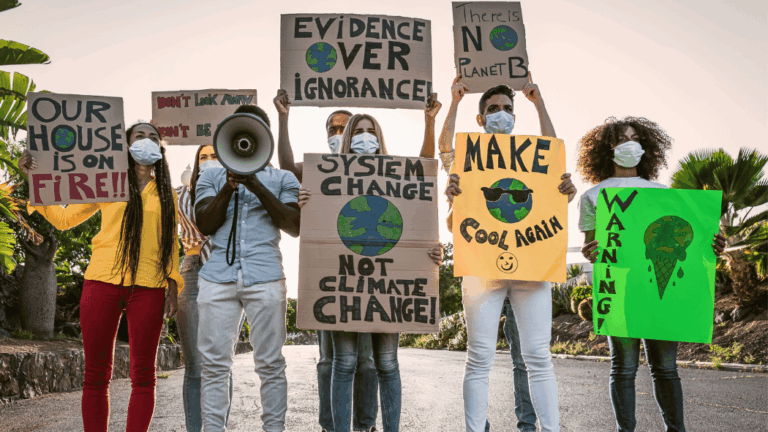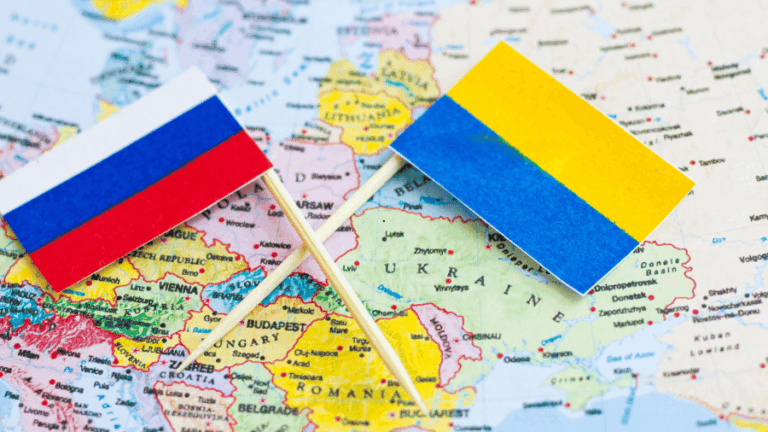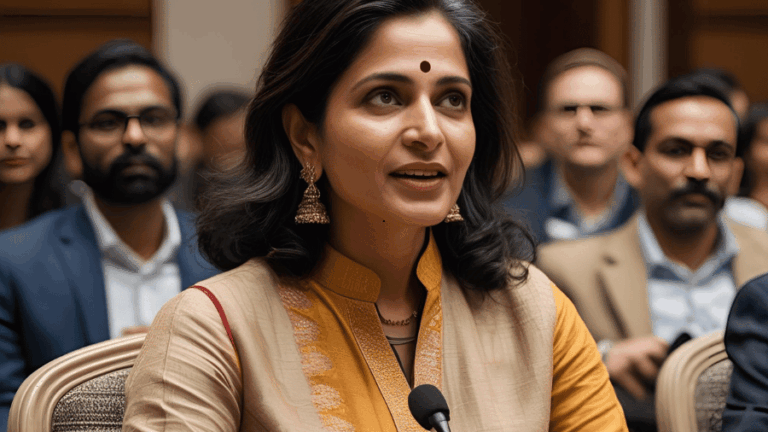The Rise of Renewable Energy Diplomacy: How Nations Are Collaborating to Accelerate the Clean Energy Transition

In 2025, renewable energy diplomacy is emerging as a pivotal force driving global efforts to combat climate change and reduce dependence on fossil fuels. As countries face mounting pressure to meet ambitious carbon reduction targets, international cooperation and diplomatic initiatives are accelerating the transition toward clean, sustainable energy sources like solar, wind, and hydropower.
Renewable energy diplomacy involves countries negotiating agreements, sharing technology, and coordinating policies to expand renewable infrastructure across borders. This collaboration is vital for addressing the challenges of energy security, economic development, and environmental sustainability simultaneously. For example, regional partnerships such as the European Green Deal and the Asia-Pacific Clean Energy Partnership highlight the growing role of diplomacy in aligning goals and pooling resources.
One key focus area is cross-border electricity trade, where nations export surplus renewable power to neighbors, enhancing grid stability and reducing costs. Projects like the North African Desertec initiative and the ASEAN Power Grid exemplify how interconnected renewable grids can optimize energy use regionally. These efforts support the integration of intermittent sources like solar and wind by balancing supply and demand across larger areas.
Technological exchange is another critical aspect of renewable energy diplomacy. Developed countries are sharing expertise and funding with developing nations to build capacity for clean energy deployment. Institutions like the International Renewable Energy Agency (IRENA) play a central role in facilitating knowledge transfer and mobilizing investment.
International climate finance mechanisms such as the Green Climate Fund provide essential resources to support renewable projects in vulnerable economies. This financial cooperation helps bridge gaps, enabling countries with limited capital to access clean technologies and infrastructure.
Diplomatic efforts also extend to standardizing regulations and certifications to promote clean energy trade. Harmonizing policies reduces barriers and encourages private sector investment by creating transparent and predictable markets. The recent establishment of global renewable energy trade agreements reflects this trend toward a more integrated and collaborative energy market.
While progress is promising, challenges remain. Geopolitical tensions, trade disputes, and differing national priorities can complicate negotiations. Additionally, infrastructure development requires significant upfront investment and long-term planning. However, the shared goal of achieving net-zero emissions by mid-century motivates continued dialogue and partnership.
For those interested in following renewable energy diplomacy developments, resources such as the International Energy Agency (IEA), United Nations Framework Convention on Climate Change (UNFCCC), and World Resources Institute (WRI) offer valuable insights and reports.
In conclusion, renewable energy diplomacy in 2025 is reshaping how nations approach clean energy transition, emphasizing cooperation over competition. Through diplomatic channels, technology sharing, and financial collaboration, the global community is building a sustainable energy future that benefits economies, people, and the planet alike.





